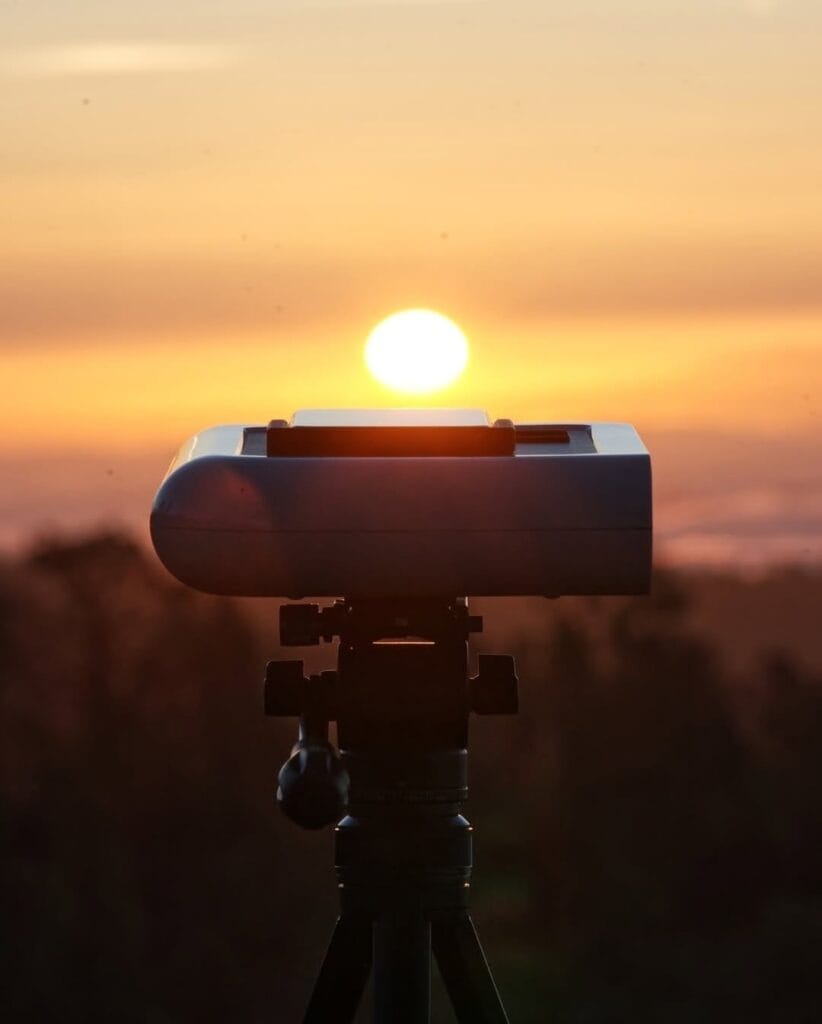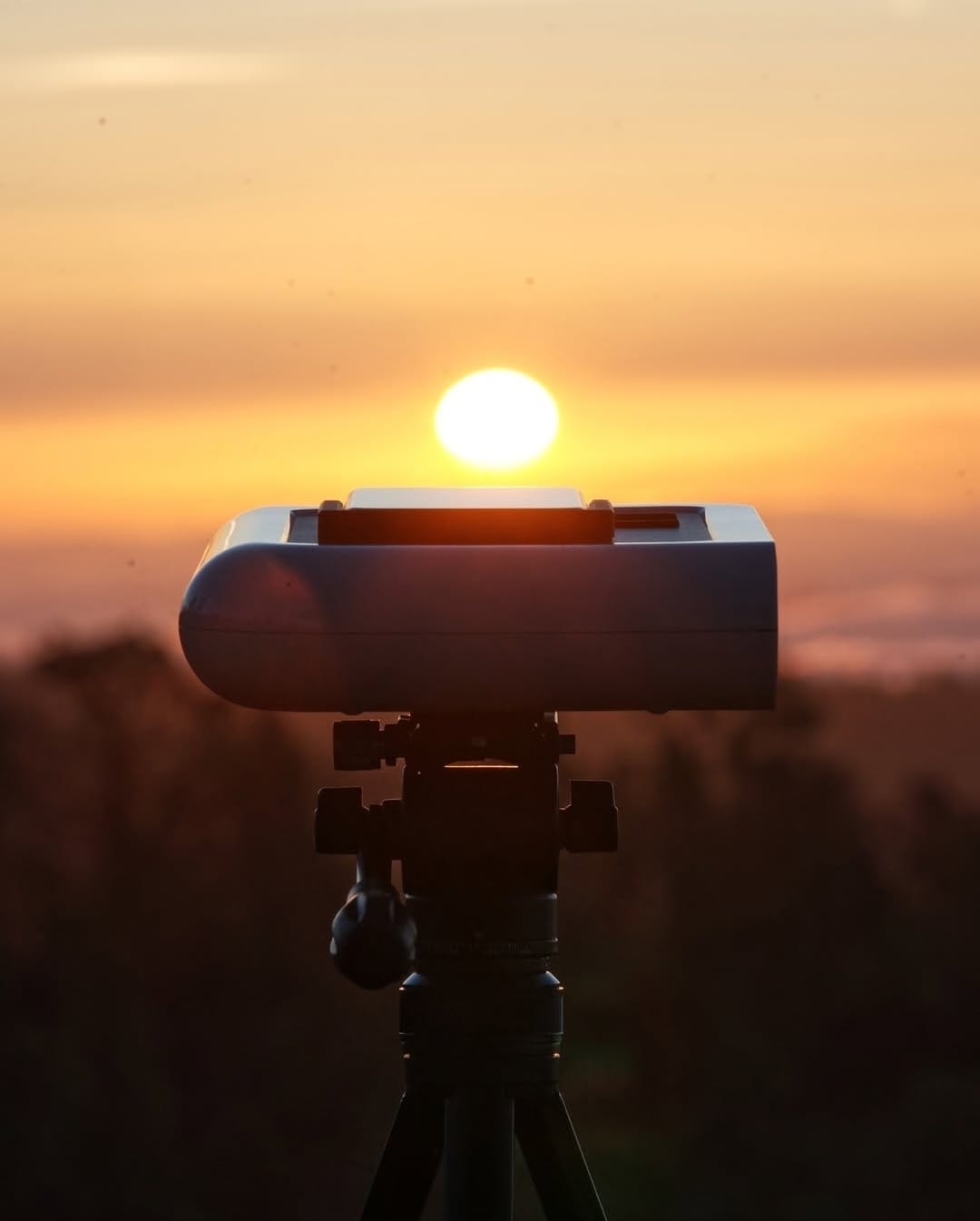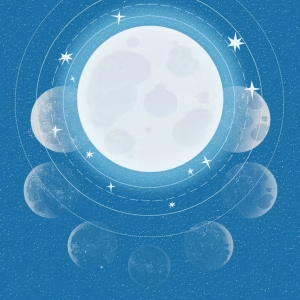The solar eclipse 2025 is a rare phenomenon you don't want to miss-the next one isn't until 2135 visible in the Netherlands and Belgium! On March 29, 2025 slides the Moon before the Sun, blocking some of the sunlight and making the Sun look like a crescent. In some areas, up to 93% from the Sun be eclipsed. Prepare well and make sure you can safely observe this unique event!
Want to not only observe this rare phenomenon, but also capture it? With the Hestia telescope you can safely view and photograph the eclipse. This telescope is to rent or for sale, especially for this type of astronomical event.
What is a partial solar eclipse and how does it occur?
A partial solar eclipse occurs when the Moon between the Sun and the Earth moves, but they do not line up exactly. As a result, the Moon covers only one part of the Sun, making these a crescent-shaped appearance gets.
Because the Sun is never completely covered, it remains dangerous to watch the eclipse without protection. Eclipse glasses and sunscreens are essential To protect your eyes.
Solar eclipse 2025 in the Netherlands and Belgium: time and visibility
At Netherlands and Belgium is the solar eclipse on March 29, 2025 between 11:17 a.m. and 1:04 p.m. visible. This is a unique opportunity to observe an eclipse, as complete solar eclipses are extremely rare in this region.
Below is an overview of the main times for the eclipse:
| Location | Start eclipse | Maximum blackout | End of eclipse |
|---|---|---|---|
| Netherlands | 11:17 a.m. | 12:10 p.m. | 1:04 p.m. |
| Belgium | 11:17 a.m. | 12:10 p.m. | 1:04 p.m. |
Want to view this eclipse in the best possible way? Then make sure to a location with an unobstructed view of the horizon and a eclipse glasses or telescope with solar filter.
Which telescope is suitable for capturing the solar eclipse?

To capture a solar eclipse, you need a telescope with a solar filter needed. The following telescopes are ideal for observation and astrophotography:
- Hestia - This smart telescope works with your smartphone and is perfect for capturing the eclipse. Available for rental or purchase.
- Seestar S30 - Smart, small and compact telescope. set up in 5 minutes and ready to safely observe.
- Seestar S50 - The ‘bigger brother’ of the S30. Just a little more power and a less wide field of view.
How do you view the solar eclipse safely?
Looking directly at the Sun without protection can severe eye damage cause. Therefore, always use:
- Eclipse Glasses that meet the ISO 12312-2 standard
- Safe sun filters For telescopes, binoculars and cameras
- Indirect viewing methods, such as a pinhole projector
What you absolutely should NOT do:
✘ Do not look directly into the Sun, even with sunglasses
✘ Do not use a telescope or binoculars without a solar filter
✘ Not looking through a pinhole projector (only viewing the projection)
Solar eclipses in the future: when is the next total eclipse?
A total solar eclipse in the Netherlands and Belgium is only on October 7, 2135 to see. Would you rather have a total eclipse experience? Then you can go to Aug. 12, 2026 to Spain, Greenland or the North Atlantic Ocean travel.
What determines whether a solar eclipse is partial or total?
Not every solar eclipse is the same. Sometimes we see a total eclipse, while in other places it is a partial eclipse remains. This has to do with:
- The orbit of the Moon: The Moon moves in a slightly inclined orbit around the Earth. Only when it is at exactly the right altitude can a total eclipse occur.
- The shadow zones: The core shadow (umbra) causes a total solar eclipse, while the side shade (penumbra) is a partial eclipse delivers. The Netherlands and Belgium are in the penumbra in 2025.
- The distance between the Moon and the Earth: Because the Moon does not move in a perfect circular orbit, its distance varies. Sometimes she is just too far away to completely cover the Sun, which causes a annular eclipse caused.
Why is a solar eclipse so rare?
Although the Moon moves between the Sun and Earth every month, we don't get to see a solar eclipse every month. This is because:
- The Moon's orbit an angle of 5 degrees with the Earth's orbit around the Sun. As a result, the Moon usually passes either above or below the Sun.
- A total solar eclipse only a narrow strip on Earth covers. If you live just outside this zone, you will see only a partial eclipse.
Historical significance of solar eclipses
Throughout the ages, solar eclipses have fascinated and frightened people. In ancient times, many cultures saw it as a omen of disasters or divine messages. In reality, eclipses actually offer scientists unique opportunities to explore the study outer layer of the Sun (corona), something normally difficult to see.
What percentage of the Sun is eclipsed in the Netherlands and Belgium?
Although the eclipse is not total, the Moon will have a Covering a significant portion of the Sun. In the Netherlands and Belgium, it is estimated around 25 to 30% from the Sun eclipsed, depending on your exact location. This is one of the most significant eclipses of the coming decades in this region.
Conclusion: prepare for this unique phenomenon!
The partial solar eclipse of 2025 is a spectacular celestial phenomenon you don't want to miss. Make sure you are well prepared with the right equipment and protection.
Want to observe and capture the eclipse?







